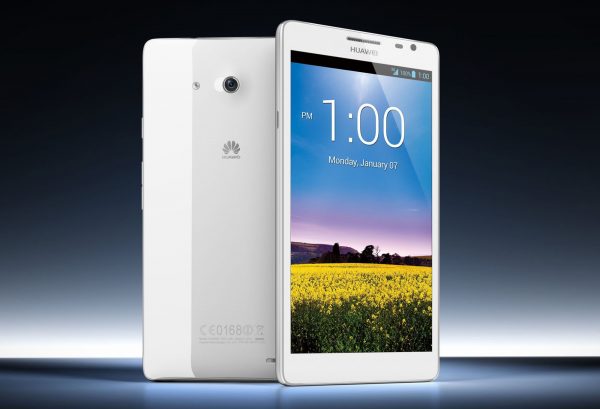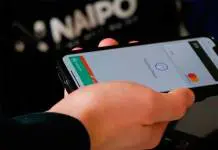
Huawei handles five percent of the global smartphone market and wants to push the envelope even further by making efforts to enter the US boarders.
There is a deal breaker though. Beside Sony, American customers aren’t aware of any other Asian manufacturers.
The telecom giant’s first move is the P8. A very light handset, offering good looks to the eye, featuring a solid 13 megapixel primary camera, five inch HD display, 16 gigs of storage capacity, 4G LTE compatability with Android on board. All that for US$249, plus two year warranty and a US call center for troubleshooting.
The device obviously does not house any fascinating features such as a fingerprint scanner, but for the price at hand it is quite the bargain.
“Nobody else offers a two-year warranty on a phone. So this is something that I think will alleviate some of the fears and concerns.”Nobody else offers a two-year warranty on a phone. So this is something that I think will alleviate some of the fears and concerns.”
-Avi Greengart, Current analysis
Moreover, the most significant issue with the US smartphone market is that the customer has to lock himself with a two year contract, thus purchasing a high-end phone at a reasonable price. Though, in the long run everyone realises that the cost would be the same, had they bought an unlocked handset.
Huawei is offering the P8 for 249 dollars unlocked, and that’s a big deal. To be more precise, that’s probably where Huawei has to concentrate its effort; provide solid unlocked handsets at the price -more or less- of the P8. It sounds simple, but there are a lot of marketing tricks the company has to pull out of its sleeve in order to achieve this.
Here is an interesting quote from Avi Greengart, Research Director, Current Analysis, Full Sot:
“Huawei is a name that U.S. consumers are not particularly familiar with. In my research many consumers aren’t exactly sure how to pronounce it, who they are or what they do. So Huawei definitely has their work cut out for them on that front.”
So as you may have already figured out, Huawei has a long way ahead. We shall see how this goes in the following months.
Have anything to add to this story? Feel free to sound off in the comments’ section below.











